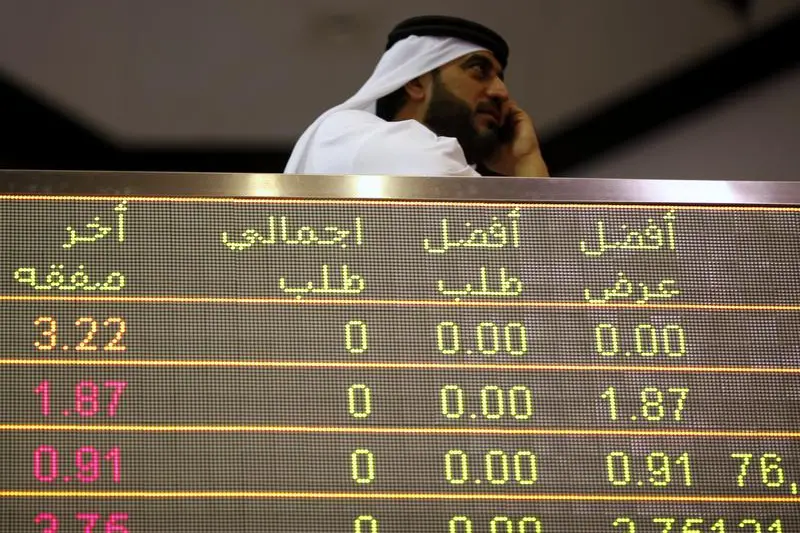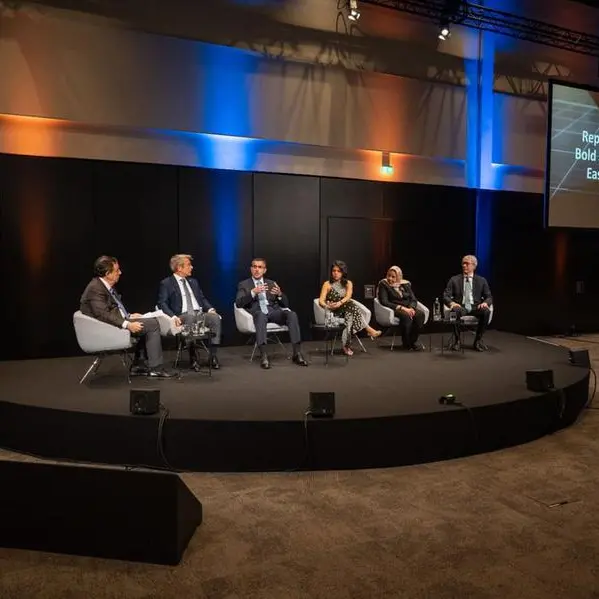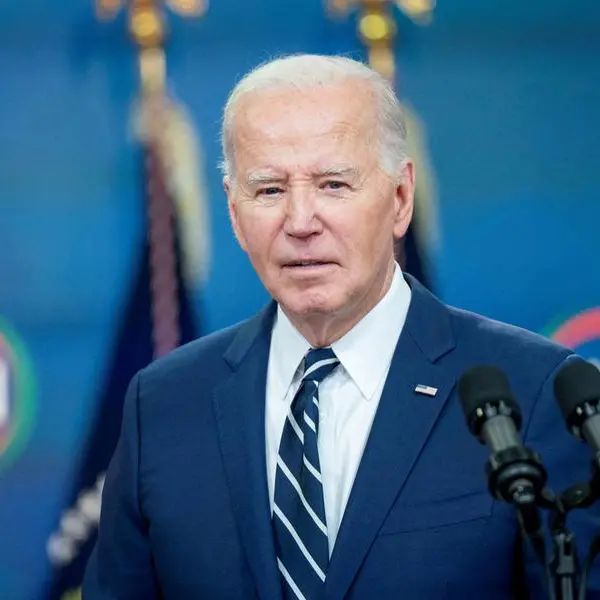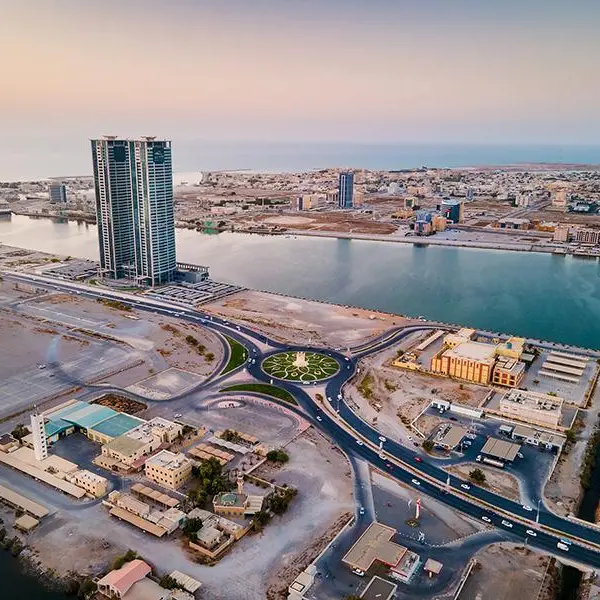PHOTO
Swelled by oil revenues the region's sovereign wealth funds remain among the biggest players in the asset management sector despite the recent drop off in oil prices. Mena Fund Manager looks at current trends among the state-owned funds
The sovereign wealth fund (SWF) sector has continued to grow in recent years. With coffers swelled by commodity revenues, the funds have branched out into new asset classes and sought out new investment opportunities.
London lobbying group TheCityUK said SWF assets had grown to $7.1trn during 2014 in its latest survey of the sector. It remains small in comparison with the global mutual, pension and insurance fund sectors, but a significant sector nonetheless.
Several of the world's largest SWFs hail from the region, including giant funds such as the Abu Dhabi Investment Authority (ADIA), Saudi Arabia's SAMA Foreign Holdings and the Kuwait Investment Authority.
Since their introduction, SWFs have had a huge impact on the regional economy and how the region is perceived abroad, having made a number of strategic purchases and direct investment around the world.
"SWFs are an incredibly important part of the financial landscape at the moment," says Amy Benstead, head of hedge fund research at alternative assets data provider Preqin.
"2014 was a difficult year for many of them with lower oil prices affecting their assets. We saw some [countries] having to withdraw capital from the funds to cover falls in their reserves. Even though there was issues with falling oil prices, what we did see was the sector grow in terms of assets."
Preqin research revealed the sector grew by $900bn during 2014, says Benstead, adding: "Globally they are becoming more important in terms of the investments they are making."
Oil pressure
The onset of subdued oil prices towards the end of last year undoubtedly had an impact on SWFs around the world, many of which were established as investment vehicles for the revenues of crude sales. Despite prices rallying since the start of the year, many oil producing countries continue to take stock of the impact.
However, the region's SWFs have emerged relatively unscathed, according to the annual Invesco Global Sovereign Asset Management Study. The study, which sought views from funds managing assets worth $7.1trn, revealed a number of interesting trends from the global SWF sector.
"Some of the funds really were sensitive to oil pricing, but it was different in the Middle East than in other oil producing countries such as North America," says Nick Tolchard, chair of Invesco's global sovereign group & head of Invesco Middle East.
"There seems to be less sensitivity in the Middle East to declining oil prices. 31% of funds expected new funding to increase, higher than western sovereigns with 80% in North America expecting a decrease in new funding and 80% also expecting withdrawals."
He adds: "The message is that Middle East sovereigns think funding will continue, but there was a bit more sensitivity [to lower oil prices around withdrawals]."
With funding seemingly not an issue for SWFs have been able to get on with the important task of managing the funds' investments.
Some such as ADIA have taken more investment responsibilities in-house to save millions of dollars paid out in management fees. But not all SWFs have the manpower or expertise to take on a more active management role.
Collaboration with peers has become an important aspect of investing. Invesco's Tolchard says some management boards are more likely to go ahead with certain types of deals in partnership with other firms and sovereigns.
"One thing we're seeing is greater collaboration, there are signs that the private sector is going into partnership with sovereigns," he explains.
A greater focus on collaboration with other investment partners has been seen more recently with Bahraini SWF Mumtalakat. The fund announced separate deals with alternative investment giants Blackstone and GCC-based Investcorp in recent months.
Investing in alternatives
One of the growing trends among SWFs in the past few years has been the shift to alternative investment strategies. While many funds continue to invest large sums in traditional asset classes, appetite for alternatives has grown with stock markets and fixed income offering only lower rates of growth.
She says: "Alternative asset classes are important to SWFs. We've been seeing more invest in private equity funds and private debt and credit funds; that's really been to diversify holdings.
"There is a realisation that many SWFs have come to in recent years that you can't just have an equity and a fixed income portfolio and expect to be able to meet liabilities over the longer term and preserve capital," Benstead explains.
"There's a move to diversify into alternative assets and what we have seen is the longer-term alternatives are more attractive than the more liquid alternatives such as hedge funds.
"You do still quite a few of them invest in hedge funds, but due to the nature of SWFs and not needing as much liquidity in their portfolios, hedge funds don't always meet the requirements of liquidity and returns over a long term."
Indeed, within the alternative assets spectrum, appetite has been concentrated in more specialist areas and strategies.
Infrastructure appetite
"In terms of trends, what we've seen is that they are investing more in alternatives and in particular real assets," says Preqin's Benstead. "Real assets are really important, they are what we classify as infrastructure and real estate funds and that's both investing globally in private equity style funds as well as making investments directly on a local and international level."
The shift towards infrastructure and global real estate was noted by respondents in Invesco's SWF study, which saw strong appetite for the assets and investment strategies. The importance of SWFs in funding infra structure projects has been highlighted by others.
"SWFs' importance as an investor group is likely to increase further in line with the growing debate about global infrastructure financing," noted TheCityUK in its survey. "Estimates of the world's overall infrastructure investment needs for energy, road and rail transport, telecommunications, and water are in the range of $50-70trn through 2030."
Preqin's Benstead noted the appeal for Mena-based SWFs of local infrastructure and real estate projects, adding: "When the funds invest in domestic markets in real estate and infrastructure that is often to benefit their own economy, local infrastructure."
"There is much more of a trend towards infrastructure in developing markets, particularly towards the Middle East. We also see a lot of interest in Africa from the Middle East SWFs," explains Tolchard. "There is a sense that there is more of a government-backed strategic opportunity if you're in an asset in Africa."
Interest in Africa is one area where SWFs have seen their interests overlap with other investors from the region, who have been attracted by the rapidly-growing, developing economies.
As the continent's economies have continued to grow, the development of internal infrastructure has become a priority for African governments with a number of managers investigating potential investment opportunities.
Elsewhere appetite for global real estate assets have been concentrated in more traditional investment destinations in the developed world.
Tolchard says: "What I would notice is that the way real estate [allocation] is being placed, it's very much developed markets, which accounts for the high score that the UK gets as a centre for sovereign investors."
The top pick by SWFs taking part in the Invesco stud was the US real estate market, followed by the UK. Other favourites among SWFs included Germany, France, Brazil and China, although appetite for the Russian real estate sector has dropped off somewhat over the past year.
Currency concerns
One other issue identified by SWFs in this year's Invesco study was currency management. The study found a number of the funds were exposed to currency risks and had no clear strategy for managing risk. Currency risk is particularly an issue for many of the region's funds where local currencies are pegged to the US dollar.
"Currency has come up as a significant issue for Middle Eastern sovereigns. Many economies are hedged to the US dollar and there have been a number of strategic purchases in Europe and Asia during the past couple of years," Tolchard explains.
"Asset allocation has been relatively low across the eurozone but sovereigns are taking advantage of asset prices." He adds: "A lot of managers would take the long-term view that currency will even out, particularly if the asset is being held for a long time."
With calls to add Chinese renminbi as a reserve currency from economists, regulators and central banks have come under increased pressure to make an official move. But while renminbi's status as a global reserve currency is open to debate, US dollar is the focus for many of the world's SWFs, Tolchard adds.
© MENA Fund Manager 2015












